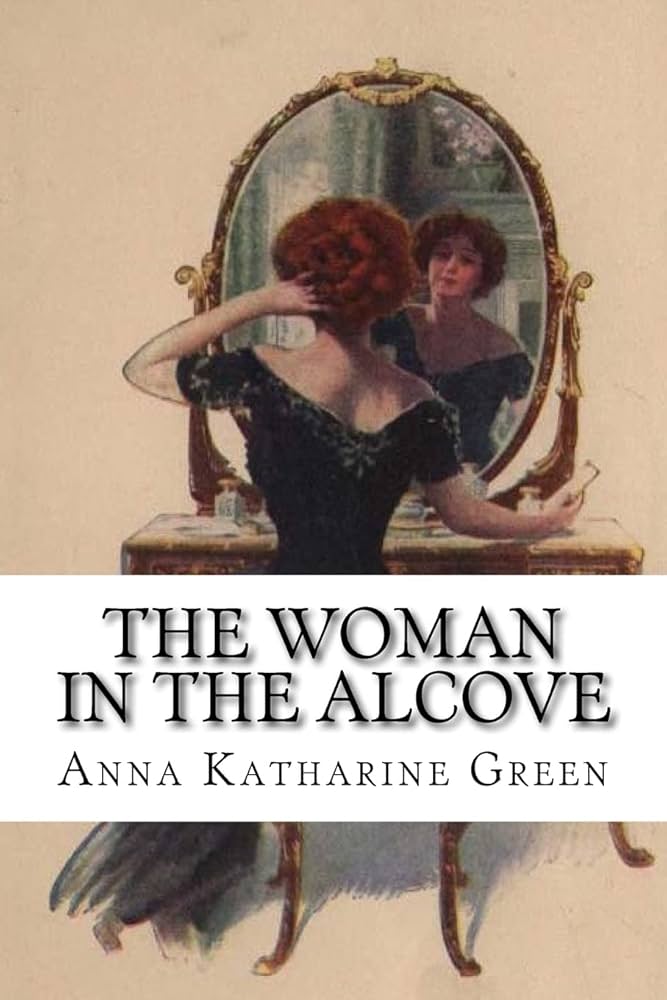Chapter X — The woman in the Alcove
byChapter X — The woman in the Alcove explores a conversation that begins as a measured exchange and escalates into a turning point in the case. The narrator boldly presents a new theory, suggesting that Mr. Grey, far from being a passive guest during the fateful evening, orchestrated a deceptive scheme. She points to his history with diamonds, newly confirmed through her own discreet cable to England, as a compelling motive. A rare and valuable gem had disappeared, and the reappearance of a similar-looking stone felt too convenient. She believes that the murder weapon, a stiletto bearing the Grey family crest, was no accident but a planted element meant to manipulate conclusions. Her voice is steady, sharpened by urgency. The inspector, though reluctant to consider an accusation so serious, listens closely, unable to dismiss the eerie alignment of facts.
As the conversation deepens, the narrator reveals a detail that shakes even the skeptical Inspector: Miss Grey’s note. Though sent from a sickbed and under physical distress, it carried a tone of fear that didn’t match the situation on the surface. The note’s emotional weight hinted at a deeper concern—perhaps not for her own safety, but for the consequences of her father’s actions. The narrator connects this to the idea that Miss Grey might have tried to stop a plan already in motion. Her handwriting trembled, not from illness alone but from the strain of moral conflict. The idea that a daughter would shield the truth about her father adds a painful layer to the mystery. The Inspector, though still cautious, begins to weigh the possibility that Mr. Grey is not as removed from the crime as he appears.
The narrator knows that making accusations against a man of Mr. Grey’s stature is dangerous. His polished reputation and wealth form a kind of armor. Yet she persists, driven by her desire to clear Mr. Durand’s name and her firm belief that something about Mr. Grey has remained deliberately hidden. She reminds the Inspector that justice cannot be shaped by class or social immunity. The possibility of diamond substitution, the calculated murder, and the subtle emotional cues from Miss Grey all align into a theory too coherent to ignore. There’s no demand for immediate action—only a request that the door to this alternate explanation remain open. Her plea is for fairness, not certainty, a chance to explore what might otherwise be buried under assumptions.
By the end of their meeting, the Inspector’s demeanor shifts. His tone, once dismissive, takes on a note of respect, recognizing the narrator’s sharp perception and tenacity. He admits that while the evidence is not yet enough to indict, it is enough to investigate. This small concession is a victory in itself. It marks a pivot in the story—a recognition that answers may lie beyond the obvious. The narrator leaves feeling both the burden of what she’s started and the possibility that the truth, however buried, can still come to light. In doing so, the chapter underscores the theme that justice sometimes begins not in the courtroom, but in the courage to speak against power, even when no one wants to listen.
Adding to this, it’s worth noting how this chapter reflects societal dynamics of the era. Women, particularly those outside the legal profession, rarely had their theories taken seriously, especially against a man like Mr. Grey. Yet here, the narrator’s intellect and persistence pierce that barrier, proving that sharp insight does not need a badge to be legitimate. Her role as both caregiver and investigator challenges the period’s conventions and highlights how emotional intelligence and social observation can be powerful tools in uncovering the truth. Her bravery in confronting social norms with reasoned arguments adds depth to her character and reinforces the story’s critique of class privilege and surface reputations.


